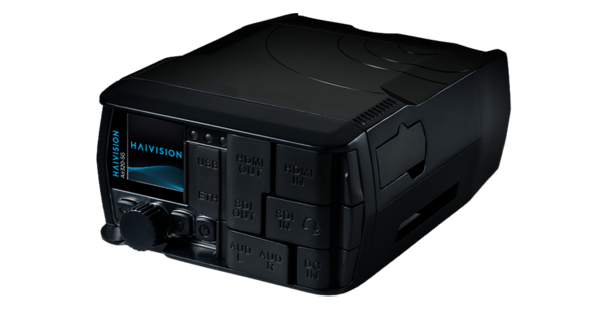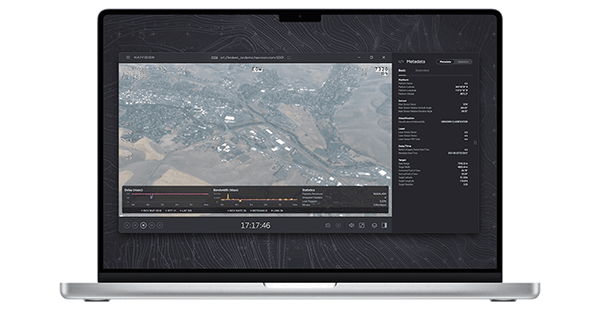It’s been two months since we hosted our popular Haivision Technology Update webinar focused on decentralized broadcast workflows so we’re recapping the highlights on the blog. Our video experts shared updates on the latest broadcast industry trends and new capabilities added to Haivision solutions to empower our broadcast customers. In today’s blog we’re sharing eight of the key takeaways, but for a deeper dive, we encourage you to watch the full webinar on-demand here. Here are some of the highlights:
1. Broadcast Goes Remote
Marcus Schioler, Haivision’s VP of Product Marketing kicks off the webinar with some highlights from our annual Broadcast IP Transformation Report. Much of the data gathered from the report shows how broadcasters are increasingly turning their attention to enabling remote workflows, from remote production to remote collaboration and remote operation. Some of the most significant data points are shared below.
2. The SRT Alliance Celebrates its Fourth Anniversary
Established in 2017 to support the free availability of the open-source Secure Reliable Transport (SRT) protocol and to foster collaborative development, the SRT Alliance, founded by Haivision, recently turned four! SRT is now widely adopted and endorsed by a community of over 500 members working together to develop and evolve SRT as the defacto low latency video streaming standard in the broadcast industry.
3. Decentralized Workflows for Broadcasters are More Important than Ever
Enabling decentralized workflows is a big trend and Haivision is committed to making it possible for all kinds of different broadcast use cases, from interviews and contribution to monitoring and production. No matter where your event is taking place, where your broadcast studio is, or event where your operators, analysts, and collaborators are located, using Haivision technology, combined with the SRT protocol, broadcasters can easily connect decentralize broadcast resources and staff. Check out our latest customer story which explains how Eurovision Sport leveraged Haivision Hub for custom remote production of the European Aquatics Championships.

4. A Next-Generation User Experience for Haivision EMS
The latest release of Haivision EMS, developed for centrally managing multiple Makito devices, includes a streamlined user interface allowing users to view all devices on a single screen as well as easily monitor the status of streams. In addition, users can now easily start, stop, and monitor the status of individual Makito streams, encoders, and decoders, right from the EMS device list.
5. New Capabilities for Haivision SRT Gateway
Haivision SRT Gateway’s UI workflow now has direct route and destination control from the expanded route list screen as well as route statistics making it easier for users to start, stop, delete, and add routes without leaving the page. Route administrators can also now set a limit on the number of remote SRT callers tuning into a stream when setting up SRT destinations in listener mode, ensuring that bandwidth limitations are not exceeded.
6. Haivision’s Makito X4 Video Encoder Offers Lower Latency and Enhanced Picture Quality
The Makito X4 video encoder now offers a slew of new features including slice-based encoding, a unique feature that can reduce latency by up to 25%, as well as support for HDR and Wide Color Gamut. For a complete list of new features, check out the latest Makito X4 video encoder blog post.
7. Cover More Events with Haivision Hub
Haivision’s easy-to-use cloud video routing solution, Haivision Hub, offers some exciting new features which allow users to build routes in just a few clicks thanks to hublets, the building blocks of Haivision Hub cloud routes. In this webinar, Haivision’s Dan Epstein gives a comprehensive demo of how fast and easy it is to build and monitor routes using input, output and process hublets, that connect to the Makito X4 video encoder and the real-time transcoder.
8. Manage and Control Access to Live Feeds with Haivision Media Platform
Finally, Marcus provides an overview of Haivision Media Platform, a powerful tool that’s being increasingly adopted by Haivision customers for their broadcast workflows to provide secure, authenticated access to live video feeds from anywhere: in the studio, in the field, or even from home. Whether it’s raw camera feeds, multiviewers, teleprompters or program feeds, HMP works in browsers, set-top-boxes, and via mobile devices using Haivision Play Pro.



























